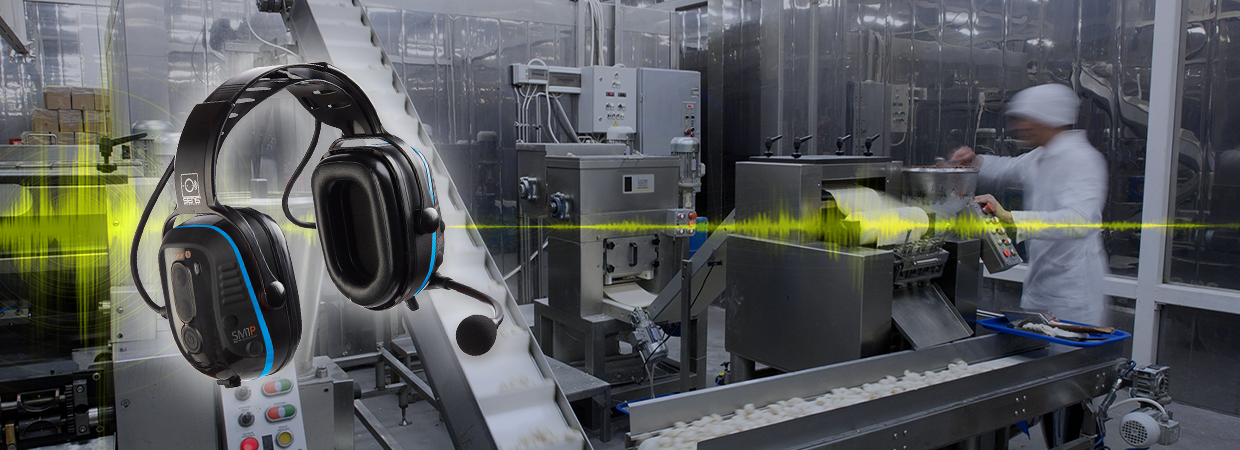- Home
- Blog
- Sensear Technology
- Effects of High Noise on Speech Recognition

Noise-induced hearing loss (NIHL) and noise-induced tinnitus are two of the most common disabilities among manufacturing workers in the United States.
Across regulatory agencies, there is a ton of information on the importance of hearing conservation programs, which emphasize engineering controls to reduce sound at its source, implementation of administrative controls to reduce the duration of exposure for individuals, and personal protective equipment use when it is not feasible to reduce noise levels. In addition to these direct strategies for hearing loss prevention, hearing conservation programs are required to include education on the effects of noise on hearing, noise monitoring, and annual audiometric testing.
Most of the regulatory guidance related to hearing conservation is directed specifically at hearing loss prevention, with little or no discussion of the challenges of communication in a noisy environment. However, communication in the presence of background sound is a major issue for workers in factories and employees in bars, clubs, restaurants, or other noisy venues, and also for military service members who face challenging high-noise conditions near or inside vehicles, in combat zones, and even during training exercises, including weapons training.
Clear communication and speech recognition is extremely important for enhanced productivity even when speech is delivered over radio headsets in noisy environments. In the workplace, the need to communicate with co-workers in noisy backgrounds can result in the removal of hearing protection devices (HPDs), compromising workers' hearing protection. For hazardous environments, the use of passive HPDs has the potential to interfere with the detection and recognition of speech. Longstanding efforts to develop active, electronic HPDs have resulted in the availability of new devices that better preserve signal detection and identification abilities.
Speech is a continuously changing energetic complex signal with rapid dynamic change in both the frequency spectrum and intensity of the signal over time; the overall level additionally varies as a function of the individual talker, reverberation within the environment, room noise, and other factors.
Sensear’s Communication and Hearing Protection Solutions
Sensear's communication headsets are at the forefront of digital technology; we were the first industrial headset manufacturing company to embrace smart digital signal processing as our core technology backbone. The result is enhanced performance, greater flexibility, better speech separation capability, and the availability of connecting to a wide range of digital and analog communication devices.
Sensear’s Unique Technology
Sensear’s industry-changing SENS® Technology simultaneously combines speech enhancement with noise suppression to deliver total high-noise communications and protection solutions by recognizing the different properties of speech and background noise. SENS® enables users to remain aware of their surroundings, communicate in noisy environments, and protect their hearing from harmful noise.
The Headset Features:
- Clear two-way radio communication in high-noise environments
- Limit ‘in-ear’ noise exposure to 82 dB(A)
- Noise Suppression up to 36dB NRR
- Connects to industry-leading two-way radios via wired connection or Bluetooth®
- Bluetooth® cellular for conversation and audio streaming
- Enhances speech while suppressing background noise to a safe level for face-to-face conversations
- Headset-to-headset communication up to a range of 150 feet
- Noise-canceling boom mic
- Intrinsically Safe IS: (UL/CSA/TIA) or (ATEX/IECEx) certified versions available for explosive environments.
For some of the best hearing protection and communication solutions, contact us today.






